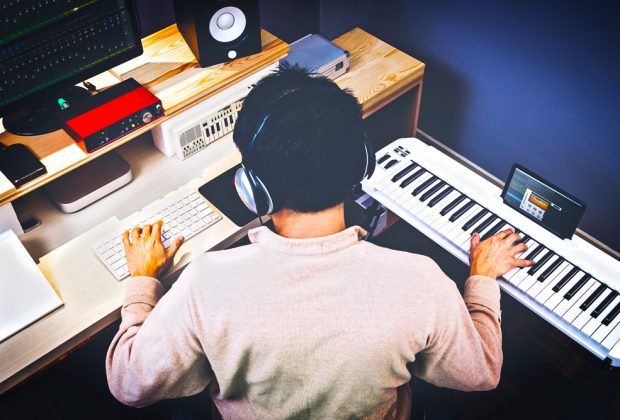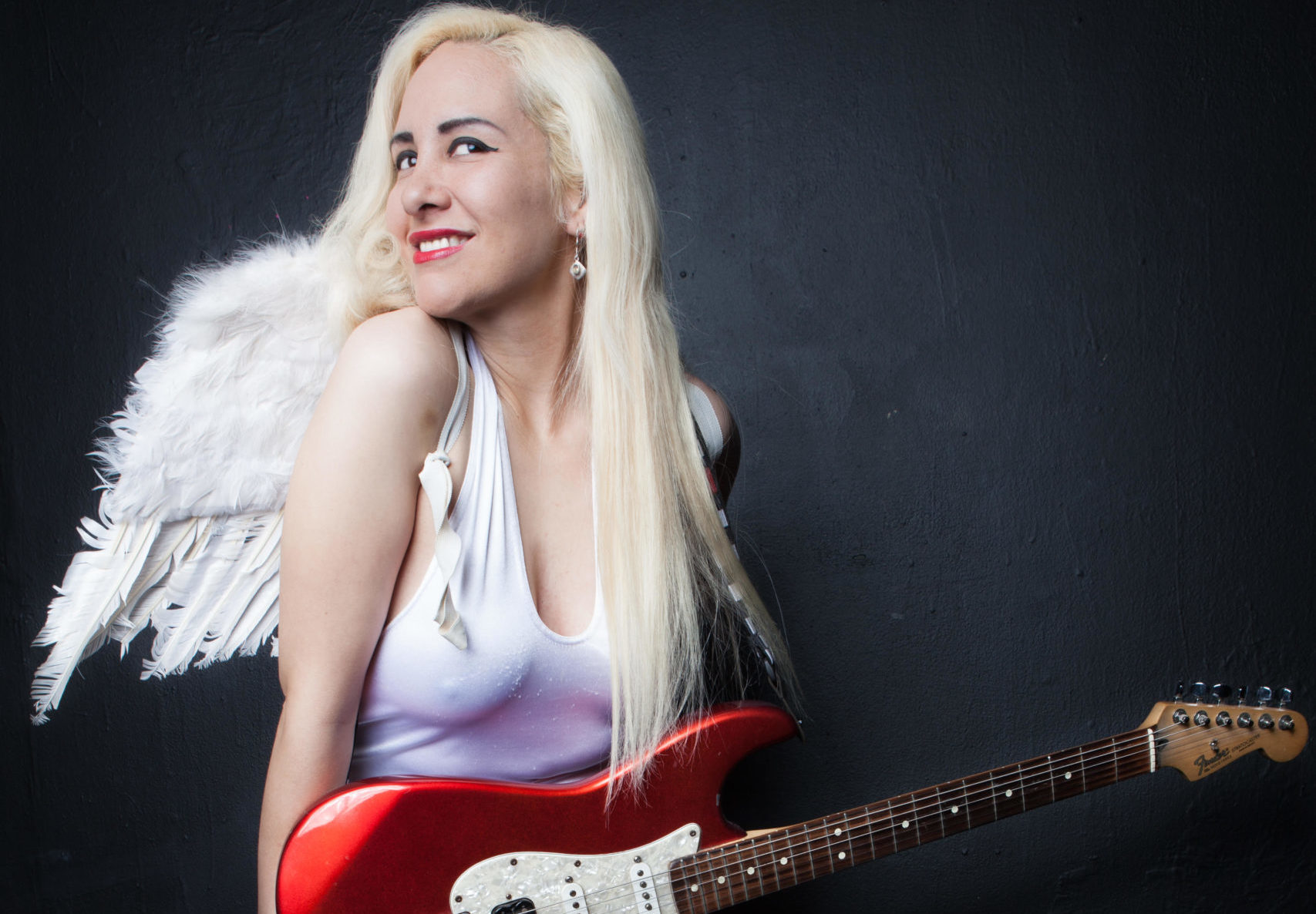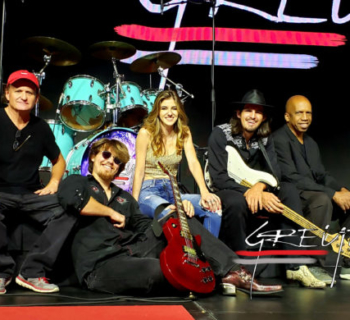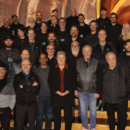In early March, as quarantine was settling in, and most were confined to an at home lifestyle, more people looked to their online options to fill in the space where face-to-face activities would have occurred. Live events were put on hold and fans were looking for other ways to access their faves and have that connected experience. Nowhere was this felt as acutely as it was for music fans. With concerts and live music all off limits, experiencing music went online—with a twist.
By late March, DJ D-Nice (a well-known DJ particularly in hip-hop and R&B circles) started to stream live from his house, which quickly became known as “Club Quarantine.” What began as his own way of managing in quarantine by sharing his talents with his followers, soon highlighted a previously underutilized power of the Instagram platform. At the peak of his dj-ing events he was reaching over 150,000 concurrent users on Instagram live with notable people like Michelle Obama, Mark Zuckerberg, Jennifer Lopez, Halle Berry, Quincy Jones, Oprah Winfrey, and Ellen DeGeneres among others joining in to listen, comment, and spread some emoji love. This level of celebrity and fan interaction was largely unparalleled. The hour limits for live broadcasting did not have these marathon all-day sessions in mind and yet, people who would regularly have issues with the time outs and getting in at peak popularity, would join and join again in the 100s of 1000s.
DJ D-Nice was not the only dj taking up this approach and it has become now a staple of sorts for those who have favorite djs to be able to catch their “sets” and a boost to the artists whose music they play.
In a similar way, another trend arose on Instagram, with the Verzuz competitions. Starting somewhat organically with the producers Swizz Beatz and Timbaland bantering and sharing their catalogues over Instagram live, they set in motion a new forum for people to get engaged with their favorite music artists. These battles have grown to where it is not uncommon for them to reach concurrent users over 1 million and total users going beyond 5 million. As this reach has solidified, Verzuz has become a more formally produced event and fostered other simulcast options through Apple music and sponsorships through Ciroc.
“Being conservative in the short term may make sense, but be prepared for this future because, more and more, the reality is—the future is already here.”
When you can’t go to a live concert, being able to see artists sharing behind-the-scenes stories about songs, and performing, while competing (mostly jovially) with their contemporaries, is an attractive alternative. Different than a simple streaming of a concert performance, these interactive sessions have made for alluring events which has potential to expand even as we go back to live events. Along with being perfect for fan engagement in a restricted time, they also provided am additional boost to the artists. In the case of the Verzuz events, increased streaming of songs by artists leading up to the events and after has been called the “Verzuz effect.” Even veteran artists like Patti Labelle and Gladys Knight were able to see a 127% increase on their streams (according to Billboard) and others have seem even larger multiples.
These examples of DJ D-Nice and Verzuz are showing how the music industry can take a beat from another successful reference point of blended experiences––e-sports. E-sports pioneered taking the online experience to the next level to provide its audience a blended forum for playing, viewing, and celebrity engagement. E-sports have established themselves as the model for how to use content in new ways to reach audiences by becoming a huge business for licensed brands and sponsorships. Long past being only about sales of games, e-sports has created a fuller media segment of its own celebrities, content, and licensing opportunities. With an audience of nearly 500 million and growing, research by Newzoo projects revenue to surpass $1.5 billion in 2023. Sponsorship is the largest revenue source, contributing 58% to the total, followed by media rights at 17% and merchandise/ticket sales at 11%. If the music industry follows this example, it opens a world of possibilities that benefit fans and artists alike.
The recent acceleration of these new approaches makes it clear there are more ways to think about what is available to the music industry. And it couldn’t come at a more needed time when the industry is taking a hit. Live Nation Entertainment reported a 98% drop in revenue in its second quarter compared to the same quarter in 2019 for live events in their latest earnings report. The summer schedule, which would normally have been a peak time for music festivals and tons of live events, was largely cancelled. Though we have started to return to in-person events, it is still not full strength. So, a look at alternatives can translate into new possibilities. Simulcast and live concert event combinations amplify fan interactions. There’s the potential for incremental revenue streams to be explored by having online events in addition to their live counterparts for setting up tiered pricing to access. The natural connection to merchandise from concerts is boosted in a multi-channel approach where online sales, influencers, and live events can meld together. The potential is enormous for a completely changed approach to music events. Some of these things were occurring before COVID-19 but with the limitations of participating in other types of traditional live and in-person events, they have taken on a new life that we should look to see extend well into the future.
We’re not in the clear yet, for a complete return to pre-Covid mega music events and it’s understandable that this is still a period of caution. However, we cannot deny what could go beyond being a life preserver to being an absolute boon in these new digital and blended opportunities. Being conservative in the short term may make sense, but be prepared for this future because, more and more, the reality is—the future is already here. These new models are only likely to grow in their impact and being prepared is the best bet to being able to come out on top.
Katrina Williams is a Senior Director at KlarisIP with nearly 20 years of cross industry consulting experience in strategic and operational initiatives. She has a passion to help clients fulfill their strategic vision and succeed in an ever-changing media landscape.













